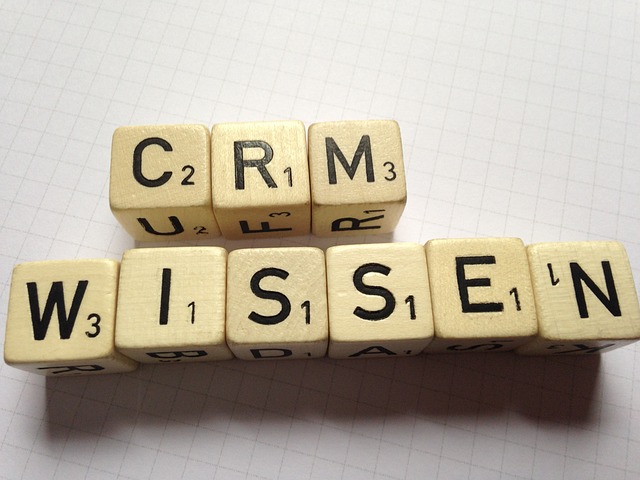Email Marketing Job: Roles, Skills, and Language Needs
Email marketing remains a core channel for many organizations, combining analytics, storytelling, and customer relationship management. This article offers a clear overview of typical email marketing job responsibilities and skills and includes a general career-disclaimer: this is broad career information and not a list of available job openings or specific hiring opportunities.

Job roles in email marketing
Email marketing teams can include a range of job roles, from entry-level coordinators to senior managers. Common positions include email coordinator (focused on scheduling and campaign setup), copywriter (creating subject lines and body content), designer (responsive templates and visuals), and analyst (tracking performance metrics). Collaboration with product, sales, and legal teams is often required. Employers typically look for a mix of marketing knowledge, basic HTML familiarity, attention to deliverability, and an understanding of privacy and consent regulations.
Marketing specialist tasks
A marketing specialist working in email focuses on audience segmentation, message testing, performance optimization, and integrating email with broader marketing initiatives. Daily tasks often involve creating customer journeys, analyzing open and click rates, improving deliverability, and refining content based on data. Strong analytical skills, experience with A/B testing, and familiarity with email-specific KPIs (deliverability, open rate, click-through rate, conversion rate) are useful. Certified courses or demonstrable campaign results can strengthen a candidate’s profile.
Campaign development process
Campaign development in email marketing follows a structured process: define audience and goals, map the customer journey, craft content and design, set up segments and automation, test, and analyze results after send. Segmentation and personalization are central — dynamic content and triggered workflows (welcome series, cart recovery, re-engagement) help increase relevance. Testing subject lines, send times, and templates is important to incrementally improve results. Documentation of test hypotheses and outcomes supports continuous learning across campaigns.
CRM integration and data use
CRM systems are often the backbone of email programs, storing customer profiles, purchase history, and engagement signals used for personalization. Integrating email platforms with a CRM enables synchronized segments, lead scoring, and multi-channel orchestration. Key considerations include data hygiene, syncing rules, and compliance with data protection laws. Analysts and specialists must manage consent flags, suppression lists, and preference centers to ensure communications are relevant and lawful. Familiarity with common CRM workflows and API basics is an advantage.
Japanese language and localization
For brands targeting Japanese-speaking audiences, knowledge of the Japanese language and cultural norms is valuable. Localization goes beyond literal translation: it involves adapting tone, imagery, formatting (date, number, name order), and subject-line conventions to local expectations. Native-level language skills or collaboration with professional localizers reduce the risk of miscommunication. Testing localized campaigns for deliverability and mobile rendering in local email clients is also important, since rendering behaviors can vary across markets.
Conclusion
An email marketing job can span technical setup, creative development, analytics, and cross-functional coordination. Candidates who combine strategic thinking, technical familiarity (email platforms, CRM integrations, basic HTML), and measurable campaign experience are well positioned for diverse roles. Specialized skills — such as language proficiency for market-specific messaging or strong data governance practices — increase employability but do not guarantee placement. This article provides general information about career paths and typical responsibilities; it does not represent active job listings, hiring status, or guaranteed opportunities.






